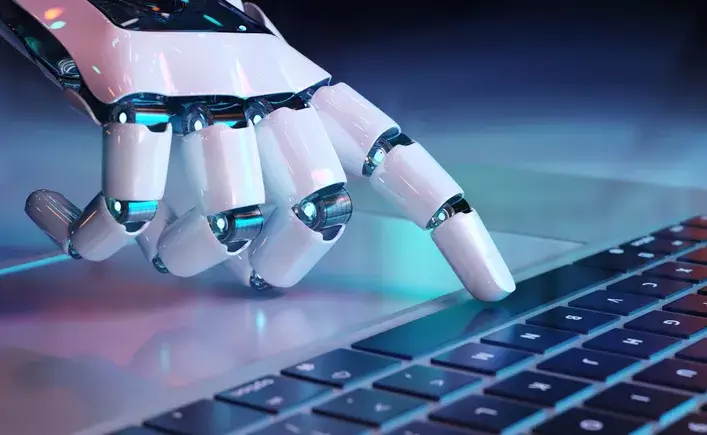In an era where artificial intelligence (AI) is redefining creativity, the question of ownership and authorship hangs like a cloud over the art community. The recent ruling involving Stephen Thaler, an AI poetry author who attempted to assert copyright over his machine-generated works, lays bare the limitations and contradictions inherent in current copyright law. This case illustrates an evolving landscape where the essence of creativity is being challenged by the very tools designed to expand it. What does it mean for the artistic community and the valued constructs of human expression when the courts deem machine-generated work devoid of ownership?
AI and the Legal Black Hole of Copyright
The court’s unanimous decision, which aligns with the stance of the U.S. Copyright Office, posits a disconcerting reality: AI-generated creations lack human authorship, thus leaving them in a legal limbo. Judge Patricia Millett’s assessment encapsulates the core issue by noting that “the best reading of the Copyright Act is that human authorship is required for registration.” This statement speaks to the heart of the matter. In a world where feelings, experiences, and narratives shape art, the notion that a non-sentient entity can produce creative works reduces the richness of human experience to mere algorithms and data sets.
Consider the ramifications of this decision further. If an AI-generated poem or artwork cannot be copyrighted, does it become a free-for-all for anyone and everyone? It seems to suggest that digital landscapes, spawned from the whims of code, are ripe for exploitation, siphoning the value of creative expression. Without legal protection, artists who use AI merely as a tool stand to lose ownership of their creative output, leading to an uncertain reality for the future of artistic endeavor.
Human Intervention: The Missing Ingredient
The contention that human creativity is paramount raises essential questions about the nature of authorship itself. The Copyright Office’s assertion that human intervention plays a critical role in determining what constitutes copyrightable material brings to light the necessity of human touch in art. The implication here is profound: while AI can generate text or visuals, it lacks the context, emotion, and intentionality that human artists bring to their work. This lack of emotional resonance suggests that AI-generated content may serve better as an auxiliary tool for inspiration rather than a replacement for genuine human creativity.
However, what happens when artists begin to lean more heavily on these AI tools? As creative professionals rush to incorporate generative technology into their workflows, will we eventually find ourselves in a space where the lines between human and machine-generated art blur? The reliance on AI may risk diluting the depth of artistic expression, turning it into a soulless echo of creativity that sparks a consummate debate over authenticity.
Big Business: A Potential Catalyst for Change
The ruling’s implications stretch beyond individual creators and bleed into broader commercial interests. Hollywood and other major industries have begun to explore AI as a means to expedite production and reduce costs. As businesses leverage AI for creative processes, will this ignite a movement to reconsider how copyright protections are established and enforced? It is plausible that corporate interests will shine a larger spotlight on the need for reform, challenging the stagnant legal framework that currently governs copyright as pertains to AI-generated works.
Despite the significant forces aligned against change—including legal precedent and public skepticism—there might soon arise a scenario where the marketplace pressures urge lawmakers to reconsider the definitions surrounding authorship and copyright. The potential for monetizing machine-generated art could prompt an urgent reassessment of how we protect creative ventures in an increasingly digital world.
The Creative Community’s Path Forward
Faced with these unsettling truths, artists are called to rise to the occasion. Rather than retreating in the wake of new legal landscapes, creatives must adapt and innovate within these boundaries. Embracing AI as a partner rather than a competitor could emerge as a new paradigm, facilitating collaborative efforts that preserve the richness of human creativity while harnessing the efficiency and possibilities offered by these emerging technologies.
Ultimately, the evolution of copyright law in the age of AI will undoubtedly shape the future of creativity. In this delicate dance between innovation and regulation, artists must forge a path that champions the handcrafted essence of their work while contemplating an uncertain but exciting digital frontier. The notion of authorship may be tested, but the spirit of creativity remains indefatigable and worth protecting.

